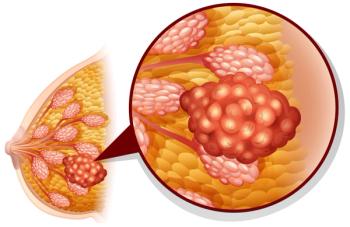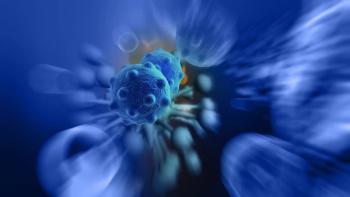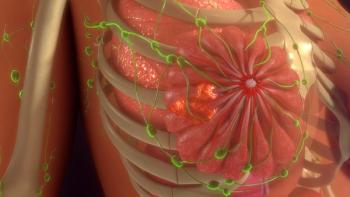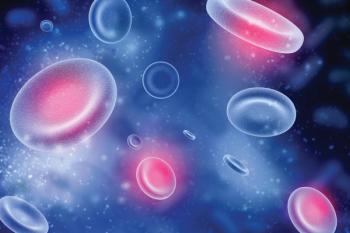
Rhenium Obisbemeda Maintains and Distributes Radioisotopes in Glioma
According to Andrew Brenner, MD, PhD, rhenium obisbemeda can be detected via SPECT imaging and aids in the care of patients with glioblastoma.
Rhenium obisbemeda, in the phase 1/2 ReSPECT-GBM trial (NCT01906385), demonstrated improved survival vs standards of care in glioma.1 The median overall survival with the agent was 11 months compared with approximately 8 months with standard of care.
CancerNetwork® spoke with Andrew Brenner, MD, PhD, about these results and the agent itself. During the conversation, he compared rhenium obisbemeda to doxorubicin liposomal and lutetium Lu 177 dotatate (Lutathera). Brenner also spoke about the isotope Rhenium-186 and how it can be maintained and distributed throughout the patient’s tissue. In other words, the agent helps retain and spread radioisotopes throughout the brain tumor.
Brenner is a professor of medicine in the Division of Hematology and Oncology at the University of Texas Health Science Center at San Antonio.
Transcript:
Rhenium obisbemeda is a liposomal-encapsulated radioisotope using a chelator called BMEDA. We’ve had liposomal-encapsulated chemotherapies for a long time, and the liposomal encapsulation changes the characteristics of the chemotherapy. For example, the [adverse] effect profile of [doxorubicin liposomal] is much different from that of doxorubicin because it changes the kinetics, where the distribution is, and things of that nature. Liposomal encapsulation is important for helping with distribution and retention, and it’s never been done for radiotherapeutics before. We’re on the cusp of changes with the increased incorporation of liquid radiation into the management scheme.
There are several examples, and there are going to be more over the years. Whether it’s lutetium Lu 177 dotatate, which uses a radioisotope-conjugated peptide to get the radiation to the tumor. In this case, what we were able to do was generate a custom molecule called BMEDA, [which] has this trident-like structure with the sulfhydryl groups, and that allows it to intercalate, and basically chelate different radioisotopes. The one we used is Rhenium-186 in this application, but you can use that same chelator for a number of different radiotherapeutics, and they become pH-dependent. At a neutral pH, it loses its charge and becomes easily able to enter through a lipophilic membrane, like in liposomes. Once we add the chelator, BMEDA, to the isotope, the isotopes readily enter the liposomes. We have the pH of the liposome such that it’s a higher pH, and that causes it to re-protonate or regain charge, then it’s stuck; it can’t go back across that lipid bilayer.
The isotope Rhenium-186 has a path of about 2 mm, and it has a very high energy; 1 of 10 [radioactive nuclei] decay is a gamma, like a photon, so it can be detected by standard SPECT imaging. What we’re doing is changing the isotope so it can be retained within tissue and distributed throughout tissue. If we injected just Rhenium-186 [alone], it would get taken up by the blood vessels and dumped in the urine or in the feces. In this case, it becomes trapped within the tissues by the cancer cells themselves, which engulf it. In this case, glioma cells can be phagocytic as well as macrophages, microglia, or any other phagocytic cell [that] will trap it there. What we’re doing is aiding in the retention and distribution of the radioisotopes within the brain tumor.
Reference
Brenner AJ, Patel T, Bao A, et al. Convection enhanced delivery of Rhenium (186Re) Obisbemeda (186RNL) in recurrent glioma: a multicenter, single arm, phase 1 clinical trial. Nat Commun. 2025;16(1):2079. doi:10.1038/s41467-025-57263-1
Newsletter
Stay up to date on recent advances in the multidisciplinary approach to cancer.



















































































